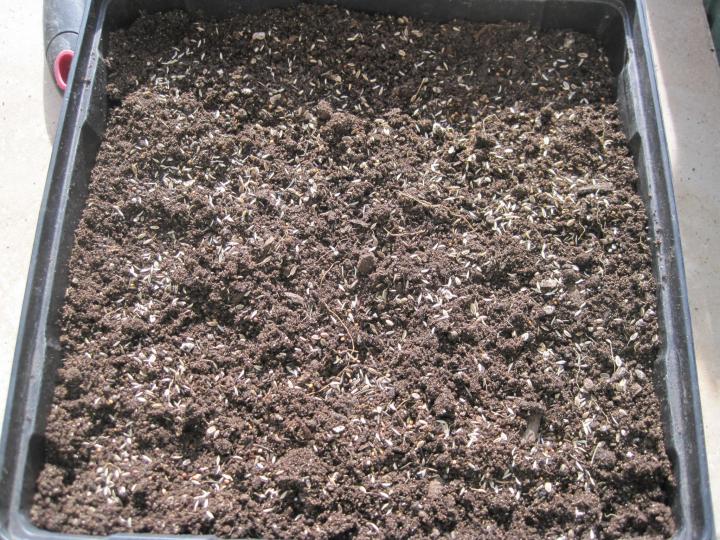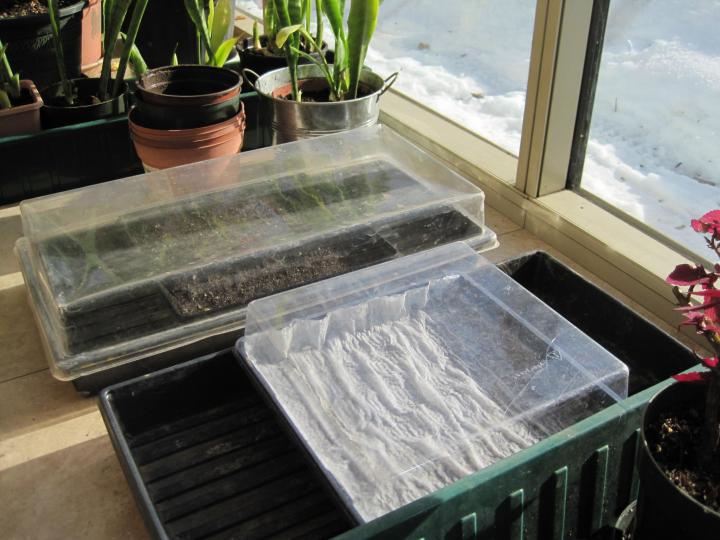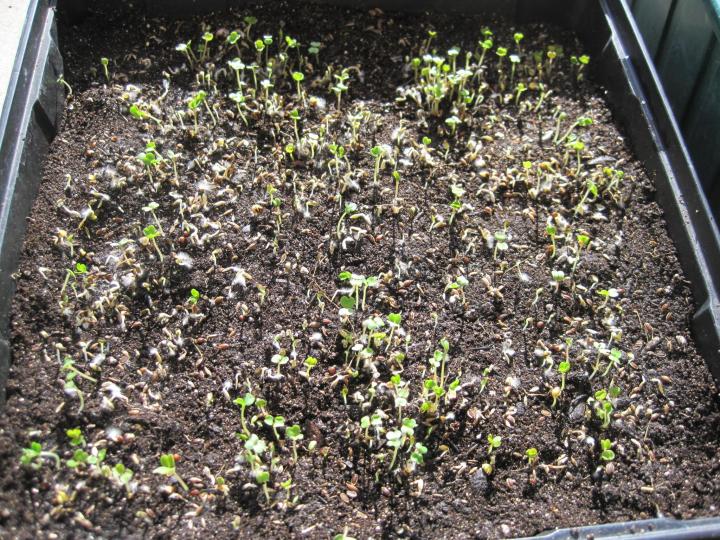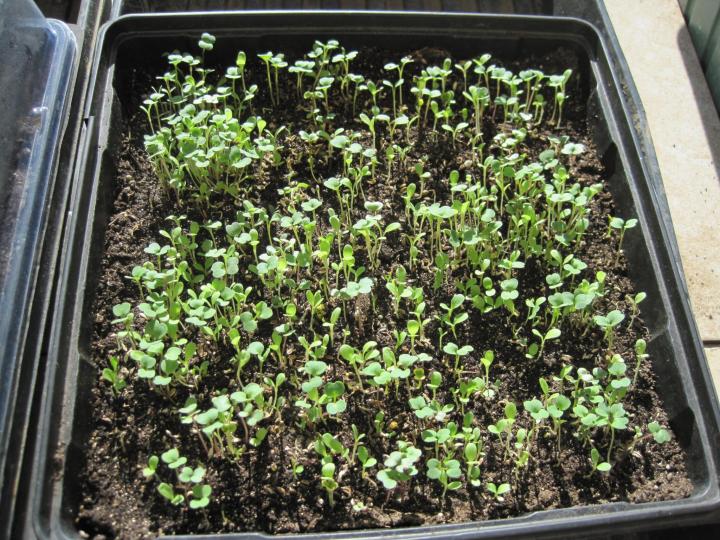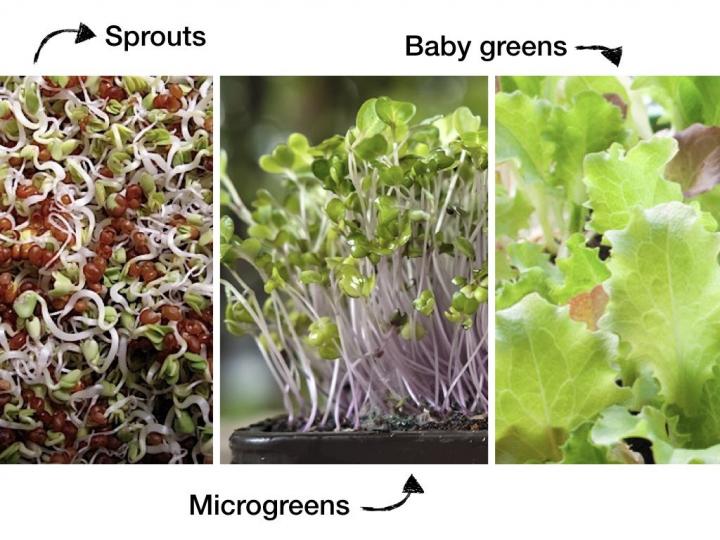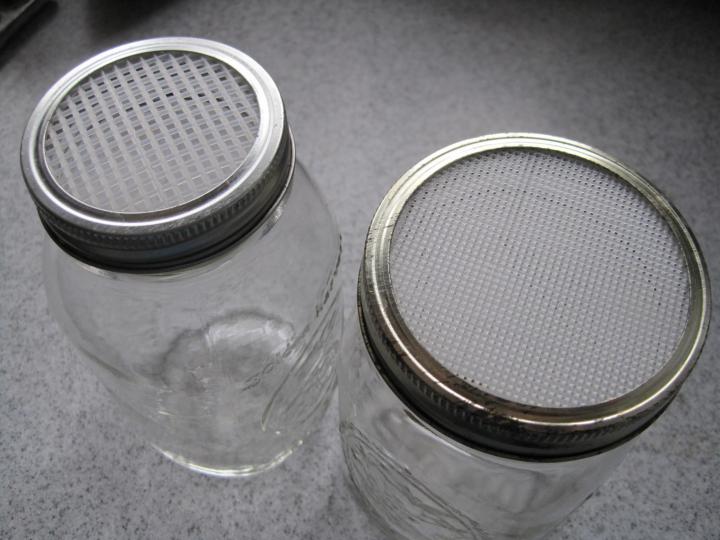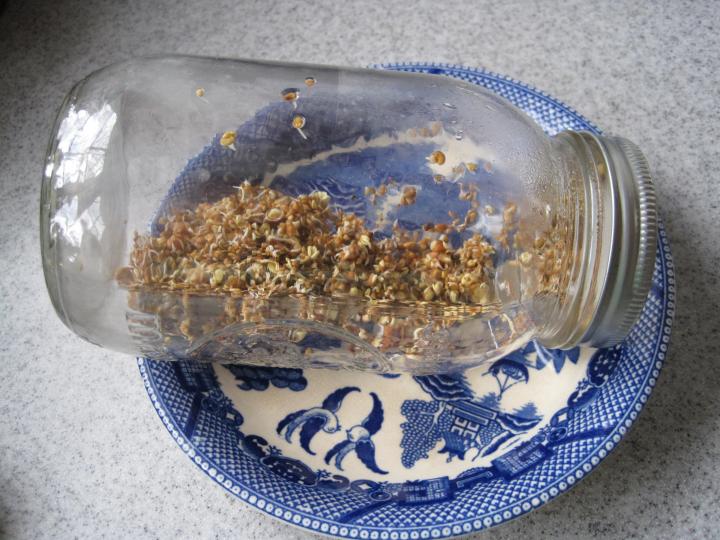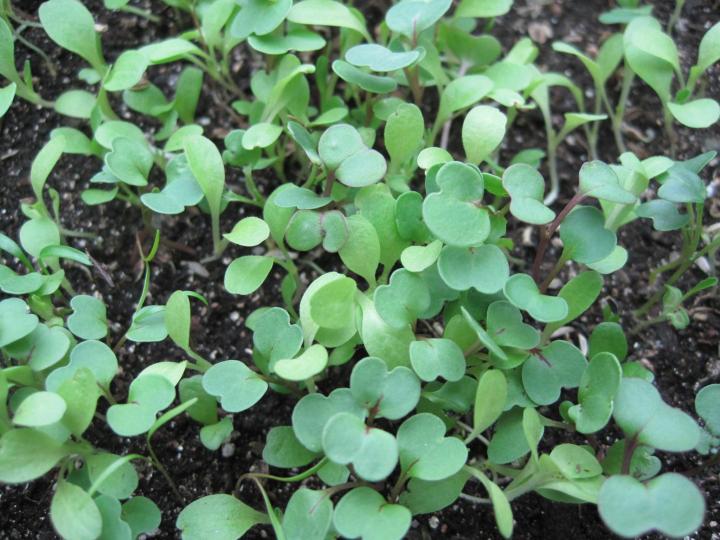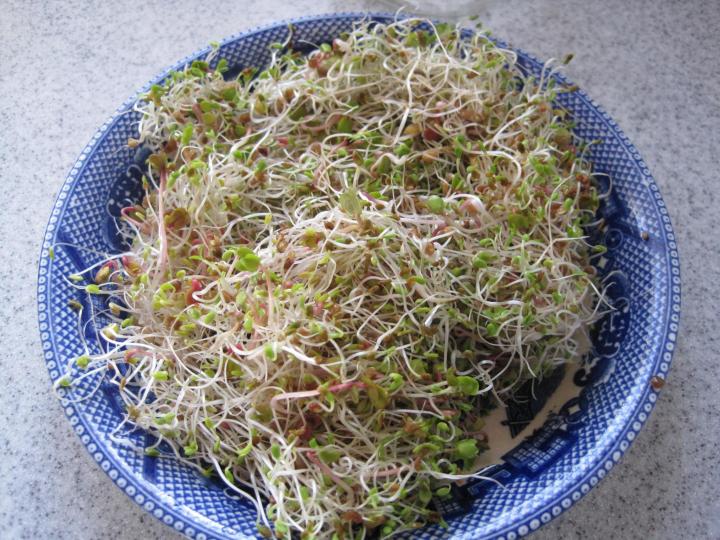
The difference between microgreens versus sprouts
ADVERTISEMENT
Micro greens can be harvested in 7-14 days
Broccoli has many benefits since it has potential for us to uptake sulforaphane which does innumerable things for us including fighting cancer tumers!!!!
Microgreens contain 4 to 250 times the nutrition of the "fruit"
There are many studies of health benefits
the recommended dose to obtain really good response is it least 2 ounces of broccoli every other day. (But you cant overdose, I eat 8 ounces to a lb of varying ones daily)
I have a chronic back issue that is actually doing much better since I've started this regiment. But it takes devotion....there are supplements available - some better than others!
Its great your talking about sprouts and micro greens since they can be incorperated into anyone's regime _ where ever u are since u can geow them out under even flourescent lights....of course for maximum nutrition grow in sun! And the more sun, the more water, and the quicker they grow! They r really fun to grow and you could grow half of your food everyday in 10 x 20 treys!
To get the micro greens tall, after youve sprouted them covered with weight (two to three days) cover by flipping a trey on top for a day..or two. ..this method makes a strong stem and tall stem. Now introduce to sun. Morning, about 4 hours is plenty or under lights inside. Most micro greens dont like it very warm. 70 _75 ideal
Hi Robin,
You've inspired me to start growing my own sprouts in jars inside.
I'm also going to try growing micro greens in the outside raised beds on legs I use for those of us who like support standing up while we try not to fall over when we bend down. You've given me some great new challenges. Can you comment which sprouts and also which micro greens are the most nutritious? I'll send pics when I can figure out how to do that in your comment section. Thank you for giving me new ideas.
Have you tried lentil sprouts? They are the only kind I've grown and they are so easy. They have a strong taste, but in the right recipe are very good.
Are you able to share your qualified sources for seeds for sprouting? I'd sprouted for years, but have stopped because of the listeria and ecoli scares. Thank you.
I just buy them at my local garden center and have had no problems.
You need a follow up article since this really didn't answer the question. But the directions were excellent. I've been meaning to try microgreens for a couple of years now.
I think the answer for me, which I stated at the end of the article, was that I preferred sprouts since they were quicker to give me an edible crop.
this information can help lots of people around the world if they do not have great soil.

